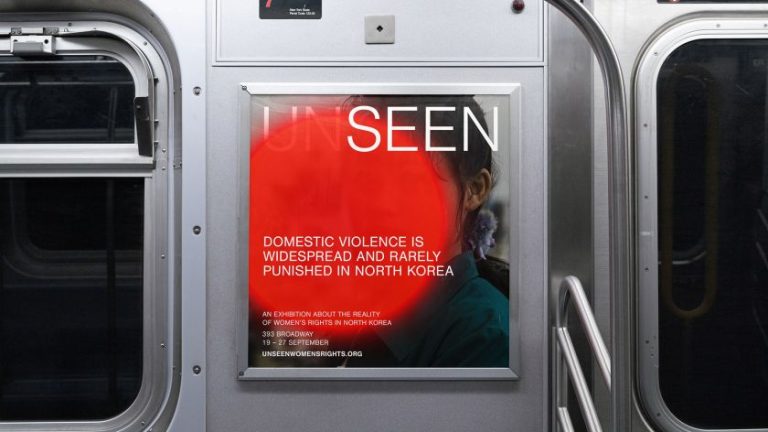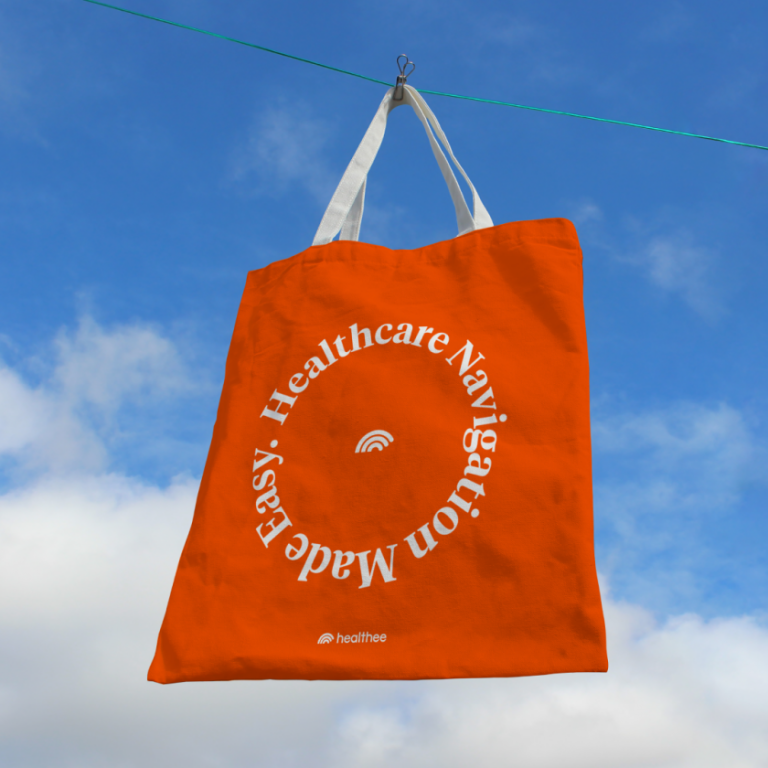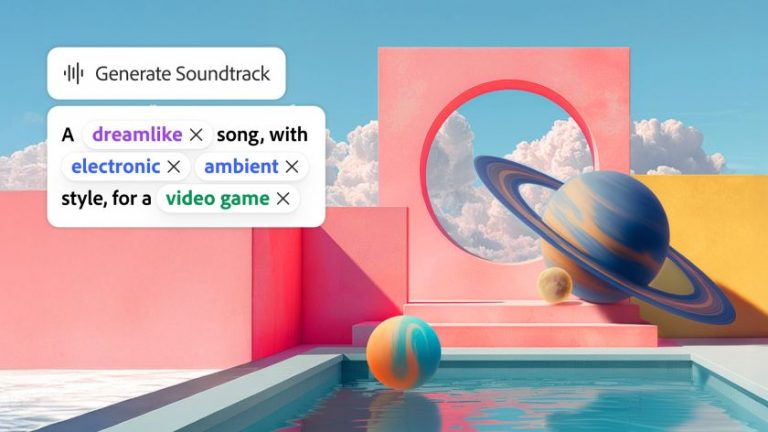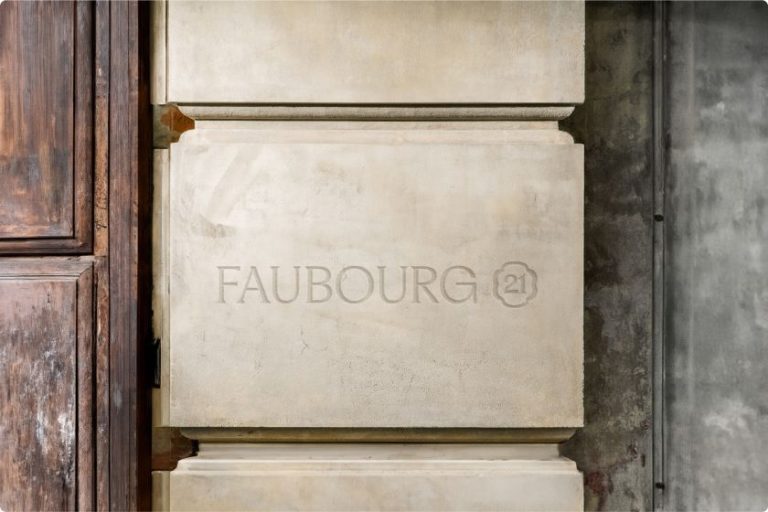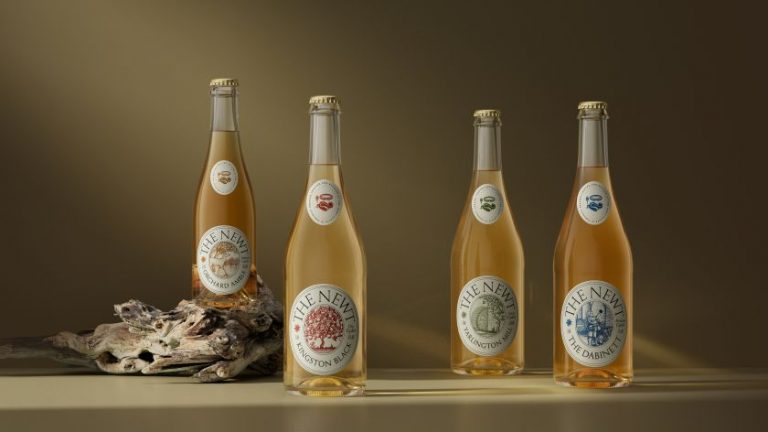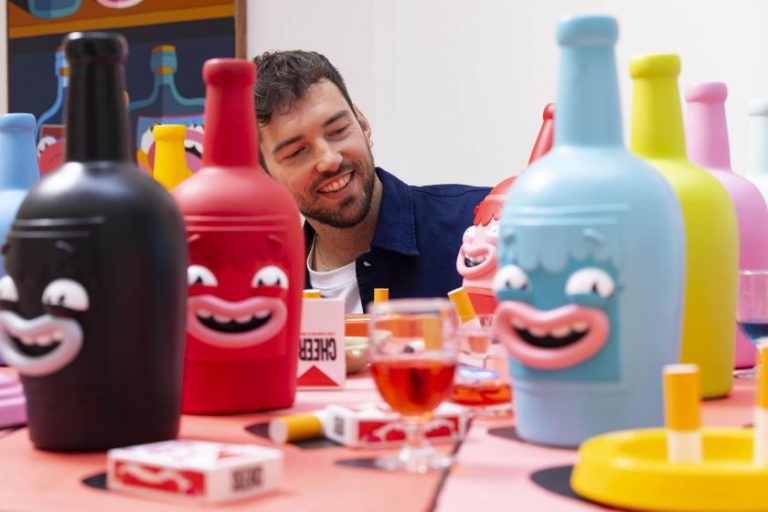Hugo Timm, senior creative director at Frontify
The diversity of channels is overwhelming many designers and studios right now. Hugo Timm explains how you can both survive and thrive during this ongoing revolution.
Wherever design and branding are headed over the next decade or so, one thing’s for certain: It’s all changing very rapidly indeed. And we all need to pay attention lest we get left behind.
Unfortunately, there’s no instruction manual for the future. However, at Creative Boom, we do have the next best thing: access to some of the finest minds in the design industry, who are at the cutting edge of evolving trends.
Every now and again, we like to take advantage of their fresh insights and insider knowledge and share them with you, dear reader.
So when we heard Hugo Timm – senior creative director at brand-building platform Frontify – speaking about the “touchpoint explosion”, we were keen to sit down and hear his thoughts. Read as we share the insights that emerged from our discussion.
What is the touchpoint explosion?
So what does Hugo mean by “touchpoint explosion”? Essentially, we’re talking about the rapidly increasing number of channels, platforms and mediums through which brands must create content and engage with their audiences.
Compare and contrast. Until the mid-1990s, design studios typically just needed to produce a few core deliverables for brands. These were overwhelmingly print-based: billboards and flyers, ads for newspapers and magazines, brochures and mailouts.
Then came the digital age and the birth of the web. Things didn’t actually change immediately. At first, bringing brands to what was known as ‘cyberspace’ was considered a niche activity, somewhat of a novelty.
But then, by the mid-2000s, the internet was the place to be. People weren’t just finding information online; they were buying directly online, too. And in the 2010s, the rise of mobile devices like smartphones and tablets, along with the ubiquity of social media, only accelerated that trend.
In short, the last three decades have seen immense change in the world of branding. But right now, we’re going through a whole new revolution, with the number of touchpoints for brands expanding at an unprecedented pace.
Welcome to the revolution
Let’s be clear: this is not a forthcoming, future problem; a can to kick down the road. “The touchpoint explosion is very much a current phenomenon,” says Hugo. “In the past, we might have had a brief with a list of deliverables. But now, the requirements at every level have grown increasingly complex over time.”
He stresses that it’s not just about the number of touchpoints but the relationships between them. “You have to understand the difference between channels,” he explains. You don’t consume content the same way on Instagram as you do when watching a movie. Every channel has matured, and you need a specific strategy for each.”
That, however, is easier said than done. In reality, this proliferation of channels and the need for tailored content are mounting pressure on creative studios and brand teams. As Hugo puts it, “When you start putting all of this together, managing it becomes extremely difficult. It can become quite complicated pretty quickly, and it’s even more complex with AI added to the mix.”
In this environment, more and more designers feel overwhelmed and can’t see a way out. Are you one of them? If so, you can go one of three ways.
First, you can buckle down, work harder and harder, longer hours, and start to hate your work. Not a great option, but at least you’ll be able to pay your rent and bills.
Two, you can give up the ghost, leave the profession, and go and start a new life in another career. That’s an option, of course, but it would be a shame to jettison the thing you most love in the world just because it’s too much work.
So that just leaves the third option: finding the tools that can help you work more efficiently, get more done in less time, and start to reclaim your life.
Streamlining the process
That’s exactly where a brand-building platform comes into play, by providing a centralised hub for organising brand assets, guidelines and creative workflows. This helps designers streamline the process of producing all the required content across channels.
“The intention of our product is to alleviate this pressure,” Hugo explained. “Everyone can come and share and collaborate on things without necessarily going through traditional approval rounds. The production of all this material is streamlined.”
And it’s not just about visual consistency. In today’s world, the need for internal alignment on the brand’s spirit and meaningful storytelling is paramount.
“I’m interested in brands that can consistently surprise or be earnest rather than just having a signature visual style,” Hugo adds. “The idea of a certain spirit behind the work is much more important to me than visual connections.”
Hugo believes that the key to that is breaking down silos and fostering collaboration across departments. He stresses the importance of educating teams about design processes and aligning everyone towards a common brand vision.
Caution vs optimism
AI might be able to help here, too, but Hugo acknowledges the uncertainty and complexity of this transition and urges caution. “There’s a lot of excitement around doing cool things with AI, but we also need to dive deeper into what it means for our industry and the public,” he says.
Overall, though, he’s optimistic. Looking towards the future, Hugo envisions a shift in the branding landscape, with a preference for more honest brands that are open to collaboration and less concerned with presenting themselves as having all the answers.
“I think we’re in a period where brands are collaborating with others, being co-opted, and giving up ownership,” he muses. “This cross-pollination and breaking down of brand walls is refreshing, and we haven’t reached the end of this evolution yet.”
As brands navigate the touchpoint explosion, Hugo’s insights serve as a valuable reminder of the importance of adaptability, cross-functional collaboration, and focusing on the essence of the brand story. “We need to question whether we truly need to produce certain deliverables and focus on what we’re really trying to achieve,” he advised. Making time for those big-picture discussions across teams makes a huge difference.”

